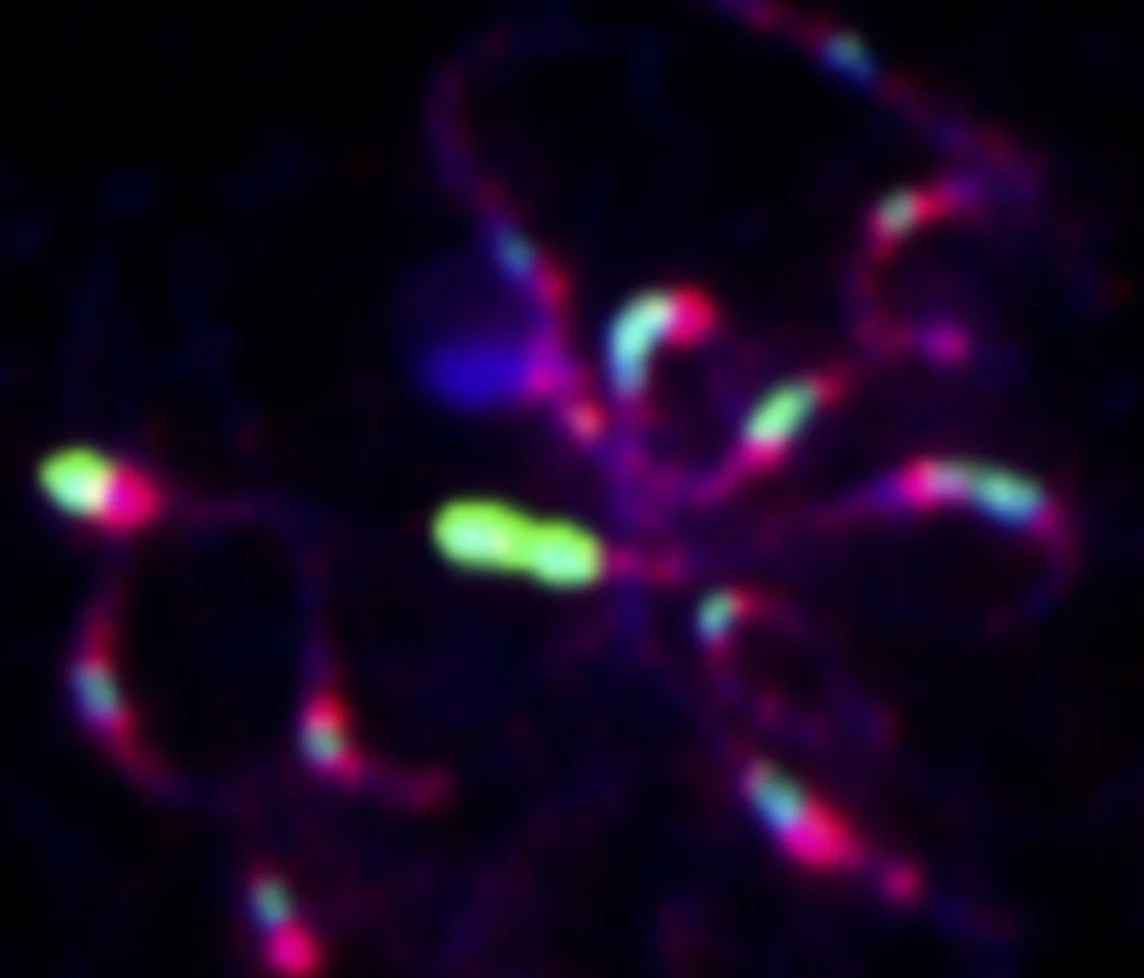More copies is more copies. Genes gain fitness through disproportionate transmission to the next generation, which can occur via many mechanisms in addition to increased individual fitness. Our studies of selfish chromosomes, mitochondria, and gametes argue that genetic conflicts within (outcrossing) species are common, and may have far-reaching consequences for individual fitness and population variation, the development of hybrid incompatibilities, and genome evolution and co-evolution.
Centromere-associated female meiotic drive
In plants and animals, the asymmetry of female meiosis creates an arena for homologous chromosomes to compete for inclusion in the single egg; a centromere or other chromosomal element that can preferentially segregate to the egg gains a transmission advantage and can spread unchecked. Such female meiotic drive is predicted to have profound effects on individual fitness, centromere and kinetochore protein evolution, and (potentially) speciation. In Mimulus, we can uniquely study centromeric drive in the wild, as we have discovered and characterized a polymorphic driving centromere within M. guttatus (Fishman & Saunders 2008). Linked male and female fitness costs prevent the fixation of the driver, generating a balance and contributing to high fitness variation (Fishman & Kelly 2015). Current work is focused on the evolutionary dynamics of the driver and suppressors, on the functional mechanisms of drive, and on the long-term consequences of centromeric drive for chromosomal and molecular evolution (e.g., Finseth et al. 2015)
Cytoplasmic male sterility
In hermaphroditic flowering plants, maternal transmission of organelles creates a conflict between cytoplasmic and nuclear genomes, as any cytoplasmic mutation that increases seedset is favored even if it eliminates male function. The selfish evolution of cytoplasmic male sterility (CMS) loci promotes the evolution of nuclear restorers of male fertility (Rf), and their co-evolutionary dynamics cause rapid genome turnover and hybrid male sterility. Our current work on CMS focuses on the population genomic consequences of CMS-driven cytonuclear co-evolution (e.g., Case, Finseth et al. 2016)
Pollen competition and male-female co-evolution
Conspecific pollen precedence (CPP) is an important post-mating pre-zygotic barrier in plants, and may provide insight into sexual selection and conflict within species. We have identified genomic regions and gene products that contribute to the asymmetric CPP between outcrosser Mimulus guttatus and selfer M. nasutus (e.g., Fishman et al. 2008, Aagaard et al. 2013), and are currently investigating similar patterns and processes in the M. cardinalis group.



